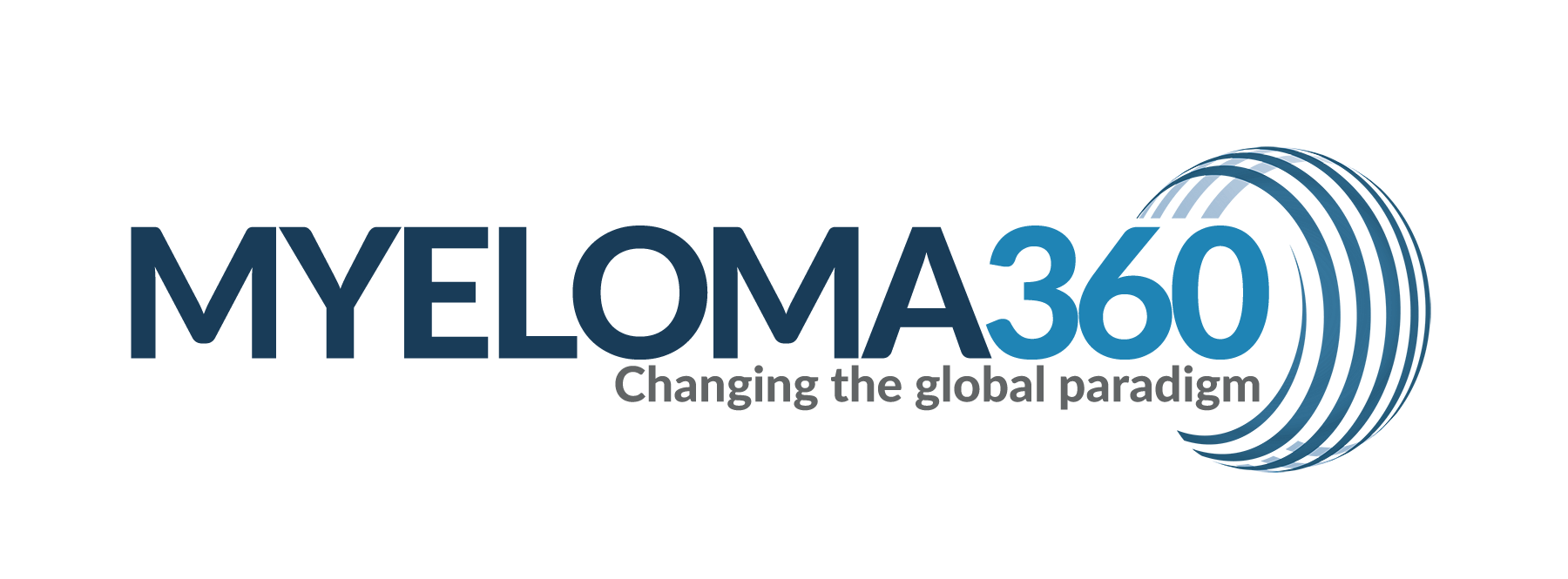Using an under-the-skin formulation of Velcade (bortezomib), in combination with Farydak (panobinostat) and oral dexamethasone, leads to a better safety profile in people with relapsed or refractory (resistant) multiple myeloma than does the therapy’s original into-the-vein version, data show.
The triple combination treatment with under-the-skin Velcade also was found to induce longer responses than the into-the-vein formulation.
These findings were shared in an oral presentation at the 62nd American Society of Hematology Annual Meeting and Exposition, recently held virtually, and simultaneously published in the journal The Lancet Oncology.
The published study was titled “Efficacy and safety of oral panobinostat plus subcutaneous bortezomib and oral dexamethasone in patients with relapsed or relapsed and refractory multiple myeloma (PANORAMA 3): an open-label, randomised, phase 2 study.”
Farydak, in combination with Velcade and dexamethasone, is approved for the treatment of patients with relapsed or refractory multiple myeloma who have received at least two prior lines of therapy, including Velcade and an immunomodulatory agent.
Originally developed by Novartis, which is now owned by Secura Bio, Farydak is an oral therapy that blocks histone deacetylases. These are enzymes highly present in myeloma cells that regulate the activity of several genes, including those involved in cell growth and waste removal. The therapy is thought to impair myeloma cells’ ability to multiply and remove toxic waste, suppressing their growth.
Velcade belongs to a class of medications called proteasome inhibitors, which prevent myeloma cells from breaking down their abnormal or damaged cellular components. By stopping that degradation, Velcade leads to toxicity and cell death. The therapy was co-developed by Millenium Pharmaceuticals, now a subsidiary of Takeda, and Janssen.
The approval of this triple combination was based on results from a subgroup of 193 myeloma patients participating in the PANORAMA-1 Phase 3 trial (NCT01023308), who had received at least two previous therapies, including Velcade and an immunomodulatory treatment such as Revlimid (lenalidomide). That trial had been sponsored by Novartis.
Data showed that Farydak, in combination with intravenous (into-the-vein) Velcade and oral dexamethasone, was better than Velcade and dexamethasone alone at delaying disease progression and promoting deep responses in this subset of patients.
However, the triple combo was associated with more frequent severe and life-threatening adverse events (side effects) than the double combo. These adverse events included low platelet counts, low white blood cell counts, diarrhea, fatigue, and nerve damage in the body’s extremities, primarily the patients’ hands and feet.
Based on these increased risks, Farydak’s label carries a boxed “FATAL AND SERIOUS TOXICITIES” warning. It cites the possibility of severe diarrhea and severe and fatal cardiac events and heart rhythm problems in patients receiving the therapy.
The ongoing PANORAMA-3 Phase 2 trial (NCT02654990)m sponsored by Secura Bio, was designed to optimize Farydak’s triple combo, especially its safety, by comparing three regimens with varying doses and schedules of Farydak and by incorporating subcutaneous or under-the-skin Velcade — which has been associated with a more favorable safety profile.
A total of 248 relapsed or refractory myeloma patients, who had received one to four previous lines of therapy — including an immunomodulatory agent — were involved in the study. The participants were randomly assigned to receive Farydak capsules of either 20 mg three times per week (approved regimen group), 20 mg twice weekly (less frequent dosing group), or 10 mg three times weekly (lower dose group), in addition to under-the-skin Velcade and oral dexamethasone.
Participants received the combination therapy, administered in 21-day cycles, until disease progression, death, or unacceptable toxicity.
The trial’s main goal was to assess overall response after up to eight treatment cycles, while secondary goals included best response, time to response, duration of response, and safety measures.
The results showed that 62.2% of individuals given the approved regimen, 65.1% of those in the less frequent regimen group, and 50.6% of those receiving the lower dose responded to the combination therapy.
While a greater proportion of participants responded to the less frequent dosing schedule, the longest and deepest responses were observed in patients receiving the approved regimen.
In addition, all treatment regimens were generally well managed, but the lower dose regimen was associated with a lower frequency of treatment-related severe or life-threatening adverse events, serious adverse events, and treatment discontinuations due to adverse events.
Notably, the approved triple combo regimen with subcutaneous Velcade resulted in comparable overall responses (62.2% vs. 60.7%) and more durable responses (median of 22 months vs. 13.1 months) than those seen in PANORAMA-1 with intravenous Velcade.
Moreover, compared with PANORAMA-1’s data, a lower proportion of people treated with the approved regimen experienced several important severe adverse events, such as diarrhea (11.5% vs. 25%) and low platelet counts (52.6% vs. 67%). These findings suggested that under-the-skin Velcade was associated with a more favorable safety profile than the intravenous version.
A total of 14 participants (6%) died during the study, but none of these deaths were deemed related to treatment.
These findings validate the superiority of the already approved triple combination regimen and suggest that subcutaneous administration of Velcade improves the combo’s tolerability, compared with intravenous administration.
The post Under-the-skin Velcade Found to Work Better in Farydak Triple Combo appeared first on Myeloma Research News.
